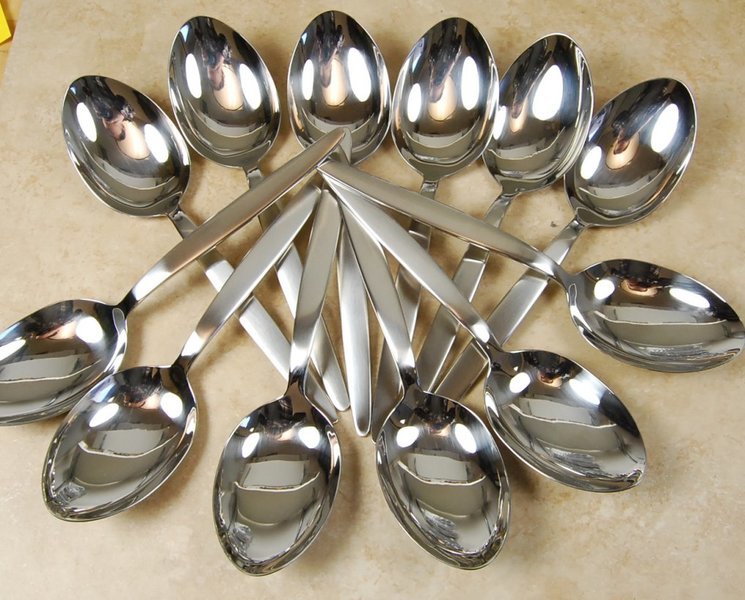
Spoons are as old as knives and both have been used to prepare and to eat food for many thousands of years. But then, what hidden and ancient facts are there about this old household item? Check it out…
· Spoons are tools or utensils that are cutlery items used primarily to eat or prepare food.
· Spoons feature a shallow, curved receptacle, that is attached to a longer handle.
· Stainless steel is one of the most common materials used to make spoons, while wood, plastic, ceramic, or other metals are not uncommon, though some cutlery is made of a combination of two or more substances.
· Spoons are most often used to eat, mix, distribute and measure food.
· Ancient civilisations made spoons from a variety of materials like wood, bone, rock, gold, silver and ivory, depending on the utensil’s purpose and availability of materials.
· Spoons have been adapted as souvenirs, making them collected items, while both antiques and limited editions are popular among collectors.

· The modern manufacturing process of metal spoons starts with a flat metal sheet, that is cut and shaped using dies.
· Spoons have been used in past societies, including Egyptian and British, to symbolise status and power.
· The modern appearance of spoons was only adopted in the 1700s, and soon after they became a prominent household item.
· A spoon is most commonly used for eating when the food is liquid-based or small, such as rice, cereal, ice-cream and soup.
· By the time of Medieval Europe, spoons made from cow horns, wood, brass and pewter were often used as a means of easy transport of eating ingredients for both people and animals.
· Wooden spoons started being replaced with more durable metal variants only in 15th century.

· The earliest mentioning of spoon in England comes from 1259, as a part of wardrobe accounts of King Edward I.
· Coronation of every king of England was followed by the ritual of anointing by the special spoon.
· There are over 50 different types of spoons around the world
· Both the Greek and Latin words for spoon come from the word “cochlea” which is a spiral-shaped snail shell.
· The Anglo-Saxon meaning for the word “spoon” means a “splinter of wood or chip”.

· Way back in time, the rich would send a gift of 12 spoons to a christened child and their parents. If you were poor, you would only send 1 spoon to them. A 13th spoon can be added eventually and this is called the “Master Spoon”. It also bores the figure of Jesus Christ.
· Modern derivatives of spoons called “sporks” and “sporfs” now exist. They combine the bowl of the spoon with the tines of the fork, and the cutting edge of a knife.
· On the table, an ornamental utensil called a “nef”, shaped like a ship, would hold a napkin, a knife and a spoon. Some nefs were used either purely for decoration or to hold some sort of condiment.
· In 2009, the short-film “Spoon” featured a murderer that used spoons as his weapon of choice. It currently has over 34 million views on Youtube and has won various Youtube awards such as being the #5 – Top Favorited of all time in Film & Animation and the #11 Top Rated of all time in Film & Animation.
· The world’s largest spoon collection has over 5,400 spoons in it.
· In the early Muslim world, spoons were used for eating soup.



No comments:
Post a Comment